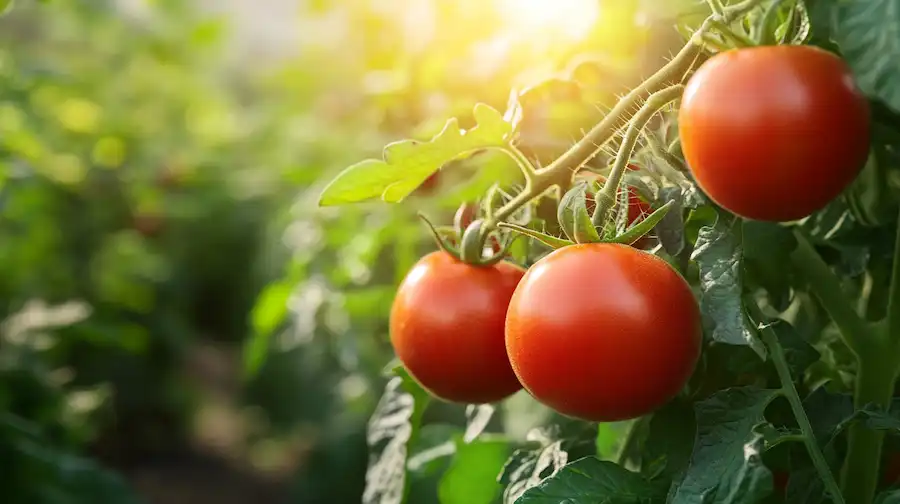12 Toxic Plants You Should NEVER Have in Your House or Yard
Bringing the beauty of nature into our living spaces and gardens is a wonderful way to enhance our surroundings. However, it’s crucial to be aware that not all plants are safe to have around, especially if you have children, pets, or even curious visitors. There are numerous plants with toxic properties that can cause harm if ingested or even touched. In this article, we’ll explore 12 such toxic plants that you should avoid having in your house or yard to ensure the safety of your loved ones.
1. Oleander (Nerium oleander)

Oleander is an attractive flowering shrub with vibrant blooms, but its leaves and flowers contain toxic compounds that can lead to severe reactions if ingested. Keep this plant away from curious pets and children.
2. Castor Bean Plant (Ricinus communis)
The seeds of the castor bean plant contain ricin, a highly potent toxin. Even a small amount can be fatal if ingested. This plant’s striking appearance makes it tempting, but it’s best to avoid it altogether.
3. Foxglove (Digitalis purpurea)
Known for its tall, colorful spikes of bell-shaped flowers, foxglove contains cardiac glycosides that can be harmful if ingested. It’s best admired from a safe distance.
4. Sago Palm (Cycas revoluta)
While resembling a palm, the sago palm is not safe for pets or humans. Its seeds contain cycasin, which can lead to severe liver damage if consumed.
5. Dumb Cane (Dieffenbachia spp.)
Dumb Cane is a popular houseplant, but its leaves contain oxalate crystals that can cause intense mouth and throat irritation if chewed. Keep it away from pets and children.
6. English Ivy (Hedera helix)

English Ivy might be a common choice for ground cover or hanging baskets, but its leaves can be toxic if ingested, causing skin irritation and digestive issues.
7. Autumn Crocus (Colchicum autumnale)
Often mistaken for the spring crocus, the autumn crocus contains colchicine, a substance that can cause severe gastrointestinal distress, organ damage, and even death if consumed in large amounts.
8. Yew (Taxus spp.)
Yews are evergreen shrubs commonly used in landscaping, but they contain taxine alkaloids that can be deadly if ingested. Be cautious if you have yews in your yard.
9. Morning Glory (Ipomoea spp.)
While its colorful flowers are appealing, some morning glory species contain toxic alkaloids. Children and pets should be discouraged from ingesting any part of this plant.
10. Lily of the Valley (Convallaria majalis)
Lily of the Valley’s fragrant, bell-shaped flowers might be charming, but its leaves, flowers, and berries contain cardiac glycosides that can cause heart irregularities if ingested.
11. Rhododendron and Azalea (Rhododendron spp.)

Both rhododendrons and azaleas contain grayanotoxins, which can lead to symptoms such as vomiting, drooling, and even coma if ingested.
12. Wisteria (Wisteria spp.)
Wisteria’s cascading blooms are captivating, but its seeds and pods can cause gastrointestinal distress if consumed. Additionally, all parts of the plant can cause skin irritation.
While plants contribute to the aesthetic appeal of our homes and gardens, it’s vital to prioritize safety, especially when it comes to toxic plants. Educating yourself about the plants you have and their potential hazards is essential to safeguarding your family, pets, and visitors. If you’re unsure about a particular plant’s toxicity, consult with a local garden center or horticulturist before introducing it to your living space or yard.



















